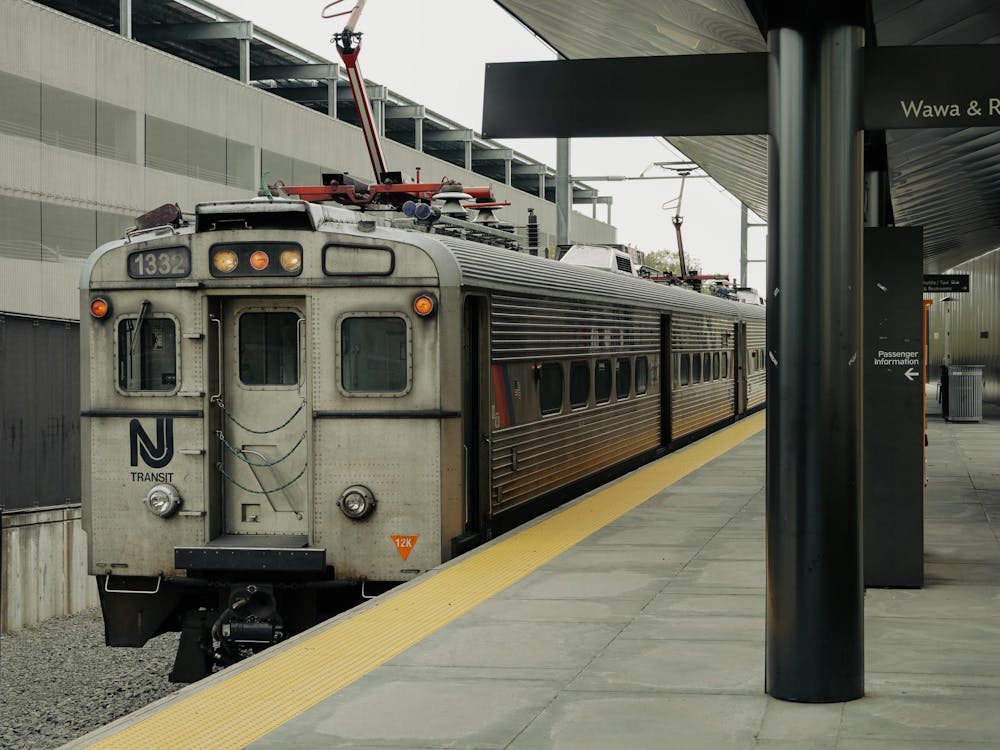This Intersession, Princeton students had a third option beyond going home or staying on campus and hibernating for a week. The USG turned Intersession into Wintersession, offering 53 courses taught by a variety of instructors, including fellow students, graduate students, faculty and alumni, ranging from dance workshops to photography classes to introductory Esperanto. Over 1,300 undergraduate students enrolled, as well as over 100 graduate students. Beyond classes, the USG also planned social events, including a game night and a movie screening.
The classes were intended to provide those remaining on campus with activities and some form of structure during their break. U-Councilor Katherine Clifton ’15, whose campaign platform included the idea of Wintersession classes, explained her inspiration. “Many of the colleges that I was looking at had something like a ‘J-term’ in January or had extra classes offered in between first and second semester, and I thought that was a really cool idea,” she said. “I didn’t feel as though Intersession was being used to its fullest potential.”
Clifton also felt that the classes helped to bridge the gaps between undergraduate and graduate students, one of the goals of the USG. “This is one great way to do that,” she said, “as a number of courses are taught by graduate students, so they’re able to meet undergraduate students interested in their fields.” Clifton took a class teaching introductory close-up magic, taught by an economics graduate student. The teacher had been a fan of the subject but had never been able to teach it. “And now he’s able to connect with 30 undergrads,” she said. Undergraduate students were also able to expand their circles and meet people interested in the same subjects as they were.
Wintersession had been a long time in the making. The USG spoke to student groups, the administration and alumni to see if they would be interested in teaching classes. Then they tested the waters of the students themselves. In late November, a survey was sent to the student body to gauge interest in teaching over Intersession. “When we finally put it out there, we made a Google form to request a class and got a great response from students,” Clifton said. “We reached out to a lot of groups, but then also people came and reached out to us.”
Raghav Gandotra ’16, who had no other plans for Intersession, offered to teach a guitar class. “Guitar’s pretty important in my life, and it felt nice to give back,” he said.
Andrew Hahm ’17, who taught “The Asian-American Experience,” was encouraged by the Asian American Students Association to teach the class. “It’s a subject I have some degree of personal investment in,” he said. “I was encouraged by some people in AASA to use these classes as an opportunity to learn more.” The class was designed to be a discussion on the meaning of an Asian-American identity, and Hahm felt the result was thought-provoking.
The planning process had been ongoing since September, but winter break quickly became crunch time for the USG. “Initially, we projected 200 students would participate in this,” Clifton said. “It was more than six times that.” They had to arrange for the fewest number of overlapping classes, as well as ensure that classes weren’t overenrolled and that the teacher was not overextended.
For freshmen who had never experienced Intersession without these structured courses, the week-long break seemed unimaginable without Wintersession. Clifton’s freshman ’zee group, to whom she pitched the courses, thought it seemed wholly natural to campus culture. “They couldn’t fathom the campus without having something where you could meet other students and learn new things and relax, but also have something to do,” Clifton said.

To see the rest of this week’s Street, clickhere.









